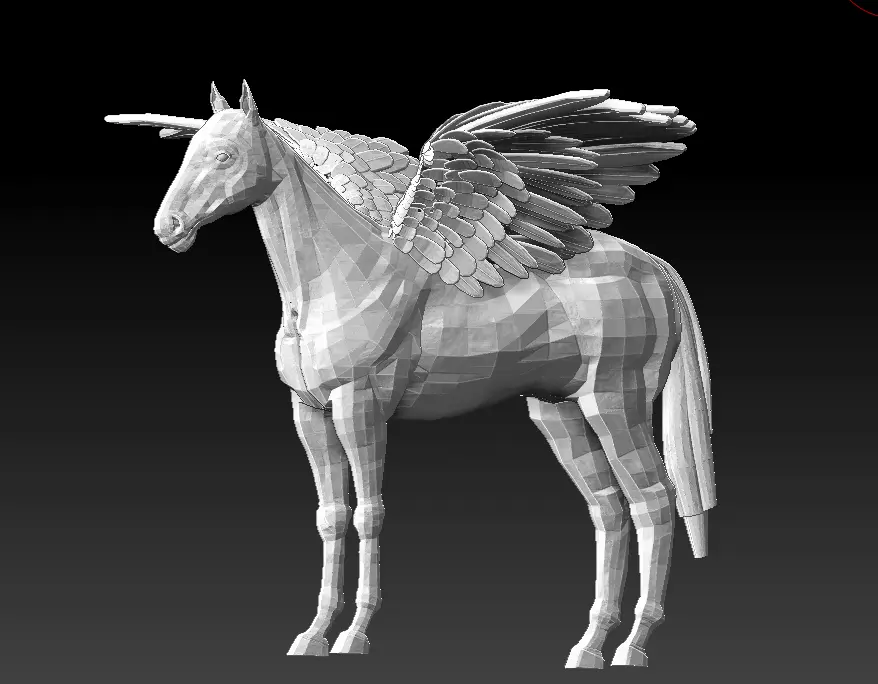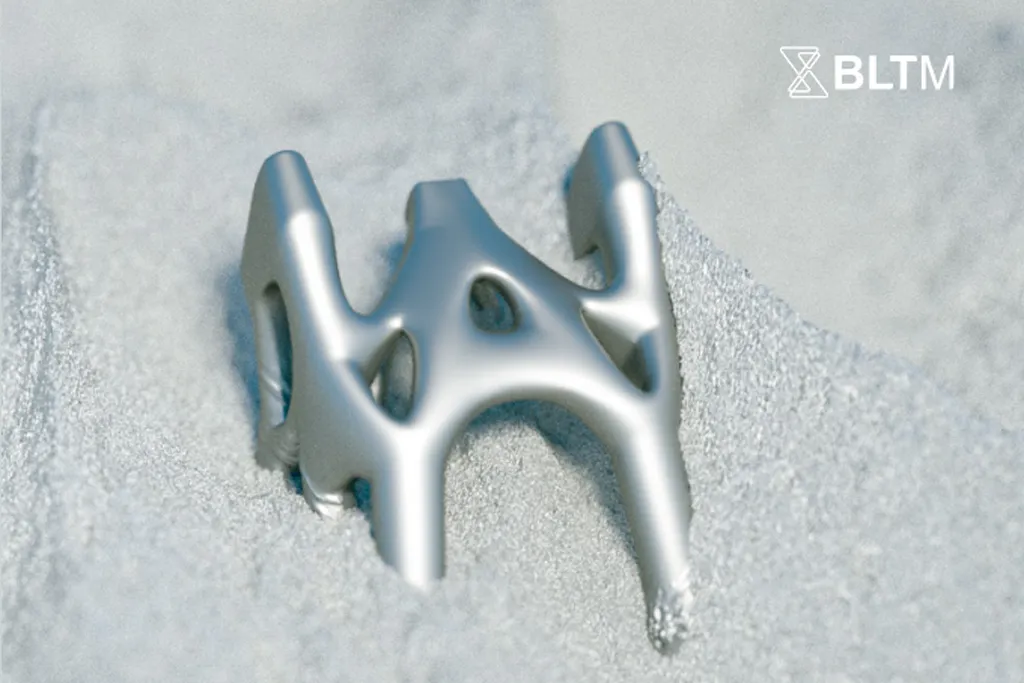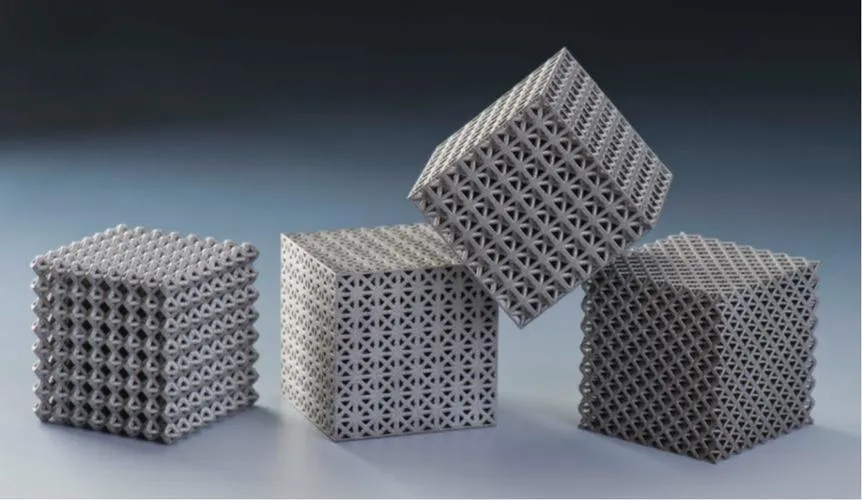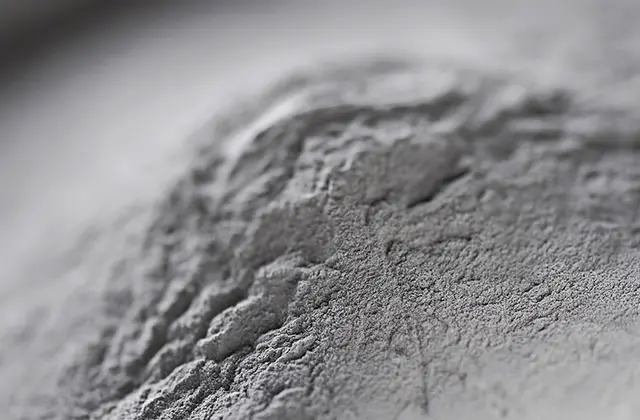Powder Bed Fusion (PBF) additive manufacturing is the fastest-growing and most widely used metal 3D printing technology. It offers advantages such as high forming accuracy, good mechanical properties, complex components, and high forming efficiency. The metal 3D printing powders commonly used in powder bed fusion additive manufacturing include titanium alloys, nickel-based alloys, iron-based alloys, cobalt-chromium alloys, aluminum alloys, copper alloys, and refractory metals like tungsten, molybdenum, tantalum, and niobium.
As a raw material, the quality of metal powders largely determines the quality of the final product. The cleanliness, morphology, and particle size distribution of the powder are key factors that affect the forming performance of parts.

Powder Cleanliness
The chemical composition of metal powders for 3D printing consists of metal elements and impurities. Common metal elements include Fe, Ti, Ni, Al, Cu, Co, Cr, and precious metals such as Ag and Au. Impurities mainly consist of metal compounds or non-metallic components, such as Si, Mn, C, S, P, O, and others present in reduced iron. Mechanical inclusions, such as SiO2, Al2O3, silicates, insoluble metal carbides, and other acid-insoluble substances, may be introduced during the raw material and powder production process. Oxygen, water vapor, and other gases may also be adsorbed on the surface of the powder.
When the laser or electron beam scans the powder, impurities may react with the base metal, altering its properties and affecting the quality of the 3D printed parts. Additionally, inclusions cause uneven melting of the powder, resulting in internal defects in the final part. Mechanical inclusions, in particular, significantly reduce the toughness of the parts, especially their impact toughness. The distribution and shape of non-metallic inclusions also have varying effects on the formed parts.
In cases with high oxygen content, the oxidation of the base metal at high temperatures forms a dense oxide film that affects performance and can lead to spheroidization, reducing both the density and forming quality of the parts. Elements like carbon, phosphorus, sulfur, oxygen, and nitrogen in steel are especially harmful to toughness. Therefore, the impurity levels and inclusions in the powder should be strictly controlled to meet the requirements of the additive manufacturing process and the performance of the final parts.

Powder Morphology
The morphology of the powder directly affects its bulk density and fluidity, which in turn impacts the powder feeding process and the final performance of the part.
In powder bed fusion additive manufacturing, the powder spreading mechanism ensures that powder particles are evenly distributed in the forming area. Good fluidity is essential for achieving a uniform and flat powder bed. Spherical and near-spherical powders offer good fluidity, high bulk density, and a uniform structure, making them the preferred raw materials for powder bed fusion additive manufacturing.
However, if hollow or satellite powders are present in spherical and near-spherical powders, the final performance of the part will be compromised. Hollow powder is more common in powders with particle sizes greater than 70µm, leading to defects like pores that are difficult to eliminate in the formed part. Satellite powder reduces fluidity and impedes the uniform accumulation of powder. This process is during the spreading of continuous powder layers, resulting in part defects. Therefore, metal powders for powder bed fusion additive manufacturing should minimize the proportion of hollow and satellite powders.
Powder Particle Size Distribution

Powder particle size distribution characterizes the composition and variation of particles with different sizes in the powder system. It is an important parameter for describing powder particle characteristics. The particle size directly affects powder laying quality, forming speed, accuracy, and organizational uniformity during the additive manufacturing process. Different processes require different powder particle sizes. Laser selective melting technology (SLM) uses powders with particle sizes of 15 – 45 µm, while electron beam selective melting technology (SEBM) uses 45 – 106 µm powders.
From a thermodynamic and kinetic perspective, smaller powder particles have larger surface areas, increasing the sintering driving force. Small particles help in part formation. However, excessively fine powders reduce fluidity, lower density, decrease electrical conductivity, and cause spheroidization during printing. Coarse powders reduce sintering activity, hinder powder spreading uniformity, and lower molding accuracy. Thus, balancing coarse and fine powders is essential to improve bulk density and fluidity, benefiting powder bed fusion additive manufacturing.
Research suggests a wider particle size distribution improves powder bed density during spreading. Smaller particles fill gaps between larger ones, enhancing density.
Powder Cohesion

In laser powder bed fusion, layers of metal powder are spread and melted by a laser. The cohesion of the powder affects spreading uniformity and forming quality. Cohesion, along with particle size and morphology, is a key factor. In the pharmaceutical and food industries, powder cohesion’s effect on fluidity has been well studied. Cohesion is influenced by factors like mechanical load, particle interaction forces, and capillary forces from adsorbed moisture. These factors affect fluidity, which impacts spreading.
Changes in particle size, morphology, and surface properties influence spreading and forming quality. A reasonable size distribution, higher sphericity, and reduced cohesion improve bulk density and spreading quality. This reduces pores and unfused defects, improving final part density and quality.
Current Status of the Metal Powder Industry for Additive Manufacturing
China has made significant progress in metal powder R&D and industrialization for powder bed fusion. However, it lags behind foreign nations. Key technologies and equipment are mainly controlled by countries like Germany, the U.S., and the U.K. Companies such as Carpenter and GE (U.S.), LPW, Sandvik, and GKN (U.K.), and Höganäs (Sweden) hold over 60% of titanium alloy powder patents for additive manufacturing. Some countries restrict the export of spherical metal powders, such as titanium alloys, raising raw material costs and extending supply cycles. This hampers the development of China’s powder bed fusion and metal additive manufacturing industries.
To address this, China should develop metal alloy systems (like titanium alloys) with independent intellectual property. Solving key challenges in producing high-quality spherical powders will reduce costs, increase production, and benefit industries like aerospace and biomedicine.

Epic Powder Machinery
Epic Powder Machinery is a leading provider of advanced powder processing equipment for additive manufacturing and other industries. With a focus on innovation and quality, we offer state-of-the-art solutions for optimizing powder properties, enhancing the performance of metal 3D printing processes, and meeting the specific needs of our clients. Whether you’re producing metal powders for additive manufacturing or refining powder characteristics for other applications, Epic Powder is committed to providing reliable, high-performance equipment that drives success in powder-based industries.